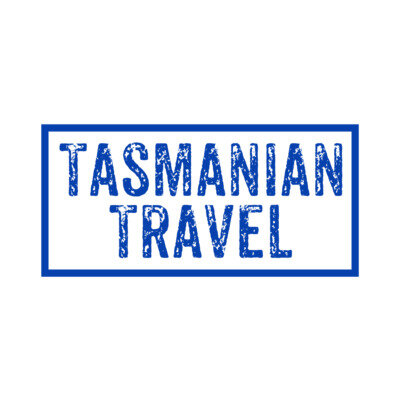
Tasmanian Native Animals: Tasmanian Devil
Tasmanian Native Animals: Tasmanian Devil
The Tasmanian devil (Sarcophilus harrisii) got its name from early European settlers who upon hearing mysterious unearthly screams, coughs and growls from the bush decided to investigate further. Finding the dog-like animal with red ears, wide jaws and big sharp teeth led them to call it "The Devil".
However the famous gape or yawn of the Tasmanian devil that looks so threatening, can be misleading. This display is performed more from fear and uncertainty than from aggression. Although they do have an impressive and frighting screech!
The world's largest surviving carnivorous marsupial, the devil has a thick-set, squat build, with a relatively large, broad head and short, thick tail. The fur is mostly or wholly black, but white markings often occur on the rump and chest. Body size also varies greatly, depending on the diet and habitat. Adult males are usually larger than adult females. Large males weigh up to 12 kg, and stand about 30 cm high at the shoulder. In the wild Tasmanian devils live up to six years.
The Tasmanian devil is nocturnal (active after dark). During the day it usually hides in a den, or dense bush. It roams considerable distances - up to 16 km - along well-defined trails in search of food. Devils usually amble slowly with a characteristic gait but can gallop quickly with both hind feet together. Young Tasmanian devils are more agile however and can climb trees. Although not territorial, Tasmanian devils have a home range, which can be very large if resources are scarce.
Tasmanian Native Animals: Tasmanian Devil

Request a Tasmanian Tour or Transport Quote
Tasmanian Native Animals: Tasmanian Devil Expereince
Bonorong Wildlife Sanctuary (Hobart) which is a great place to experience a little bit of nature & native wildlife. You can get up close & personal with the Kangaroos while feeding them, pat the Wombats, pat the Koala’s & of course the Tasmanian Devil (no devil patting unfortunately!!).
Bonorong is a Sanctuary so they don’t operate as a zoo & they only now deal with local wildlife & also run the first Tasmanian Wildlife Hospital in Tasmania. They not only have these animals, but a wide range of other animals which are sure to engross & scratch the wildlife itch.
The Bonorong Wildlife Sanctuary Philosophy (from their website)
OUR PHILOSOPHY: Bonorong is a social enterprise – a little business with a biiiiiig heart. We run a successful tourism enterprise which provides eco-education and experiences for each guest. Our skills and the funds generated through the Sanctuary allow us to proactively address problems in our surrounding environment and communities.
Part of our mission is to facilitate community solutions to community problems. Bonorong is an open house and we try to provide pathways for all Tasmanian’s to become involved in conserving our unique natural heritage. At the heart of this is a belief that in the same way an individual can devote their existence to doing good, so too can a business.
Tasmanian Native Animals: Tasmanian Devil

Tasmanian Native Animals: Tasmanian Devil
Tasmanian Native Animals: Tasmanian Devil Experience
Devils @ Cradle Mountian
A world class wildlife conservation facility at Tasmania’s premier wilderness destination. The spectacular and pristine wilderness of Cradle Mountain is home to the mysterious and secretive Tasmanian Devil.
Devils @ Cradle is a unique Tasmanian conservation sanctuary located at the entrance to the spectacular World Heritage listed Cradle Mountain National Park. Whilst we concentrate primarily on the Tasmanian devil, the sanctuary is also home to the closely related Spotted-tail and Eastern quolls. Tasmania’s three largest carnivorous marsupials are all now threatened in one way or another in the wild.
Unzoo
Tasmanian Devil Unzoo is a four-in-one wildlife nature experience that combines up-close animal encounters, wildlife adventures, a Tasmanian native garden and original art.
At our Unzoo, you’ll have face-to-face encounters with animals found nowhere else on earth, discover rare and beautiful Tasmanian plants in the Tasmanian Native Botanic Garden, see Tasmanian artworks in our galleries and have the chance to help save endangered Tasmanian devils on our Devil Tracker Adventure.

Tasmanian Native Animals: Tasmanian Devil





